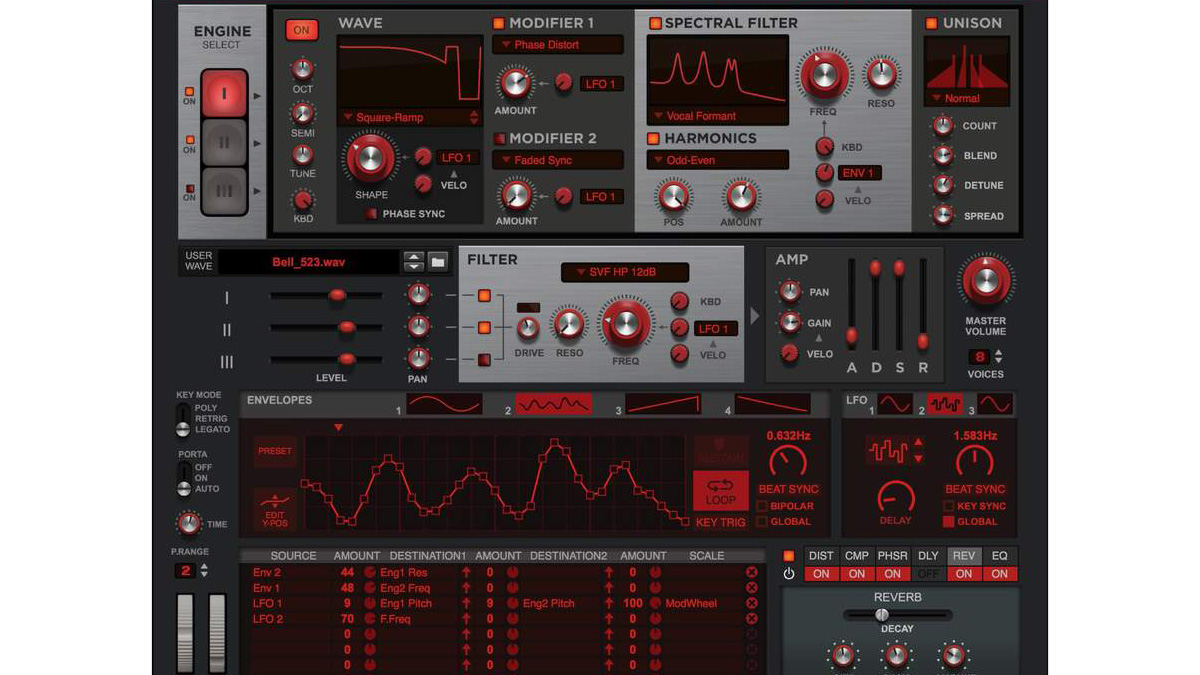Two-Stroke vs. Four-Stroke Outboard Motors

Choosing the right outboard motor for your boat can be a daunting task, especially when faced with the decision between two-stroke and four-stroke engines. While both power boats, they differ significantly in their design, operation, and environmental impact. This article will delve into the specifics of each, highlighting their similarities and, more importantly, their differences.
Two-Stroke Outboard Motors
Two-stroke outboard motors are known for their simplicity and lightweight design. They achieve power through a rapid combustion cycle where the piston completes a power stroke and exhaust stroke in every two strokes of the piston. This translates to a smaller, lighter engine compared to its four-stroke counterpart, often making them more suitable for smaller boats. However, their simplicity comes at a cost in terms of fuel efficiency and emissions.
Two-stroke engines are generally less expensive to purchase initially, and often require less maintenance. However, this is often offset by their higher fuel consumption and oil usage. They also tend to be noisier and produce significantly more emissions.
Four-Stroke Outboard Motors
Four-stroke outboard motors, on the other hand, operate on a more complex cycle, completing four strokes (intake, compression, power, exhaust) per piston revolution. This results in a more efficient combustion process, leading to better fuel economy, lower emissions, and smoother operation. They are typically heavier and more expensive than two-stroke engines.
Four-stroke engines generally boast longer lifespans due to their smoother operation and less internal stress. They require more maintenance than their two-stroke counterparts. However, this is often viewed as a worthwhile trade-off considering the significant benefits they offer.
Here's a table summarizing the key differences:
| Feature | Two-Stroke | Four-Stroke |
|---|---|---|
| Combustion Cycle | Two strokes per piston revolution | Four strokes per piston revolution |
| Weight | Lighter | Heavier |
| Cost | Lower initial purchase price | Higher initial purchase price |
| Fuel Efficiency | Lower | Higher |
| Emissions | Significantly higher | Significantly lower |
| Maintenance | Less frequent, but often more costly per event | More frequent, but less costly per event |
| Noise | Louder | Quieter |
| Lifespan | Generally shorter | Generally longer |
| Power Output | Often lower power output per cubic centimeter | Often higher power output per cubic centimeter |
Further comparison can be found in detailed engine specifications available on manufacturers' websites, such as Mercury Marine and Yamaha Outboards.
Highlighting the Differences
While both two-stroke and four-stroke outboard motors serve the purpose of propelling boats, their differences are substantial. Four-stroke engines consistently outperform two-stroke engines in terms of fuel efficiency, reduced emissions, quieter operation, and longer lifespan. However, two-stroke engines often present a lower initial cost and simpler maintenance requirements. The choice between the two ultimately depends on individual needs and priorities, weighing the initial cost savings against the long-term operational and environmental advantages of four-stroke technology. If environmental impact and long-term cost-effectiveness are paramount, a four-stroke engine is the clear winner. If budget is the primary constraint and less frequent use is anticipated, a two-stroke engine might be a viable option.







